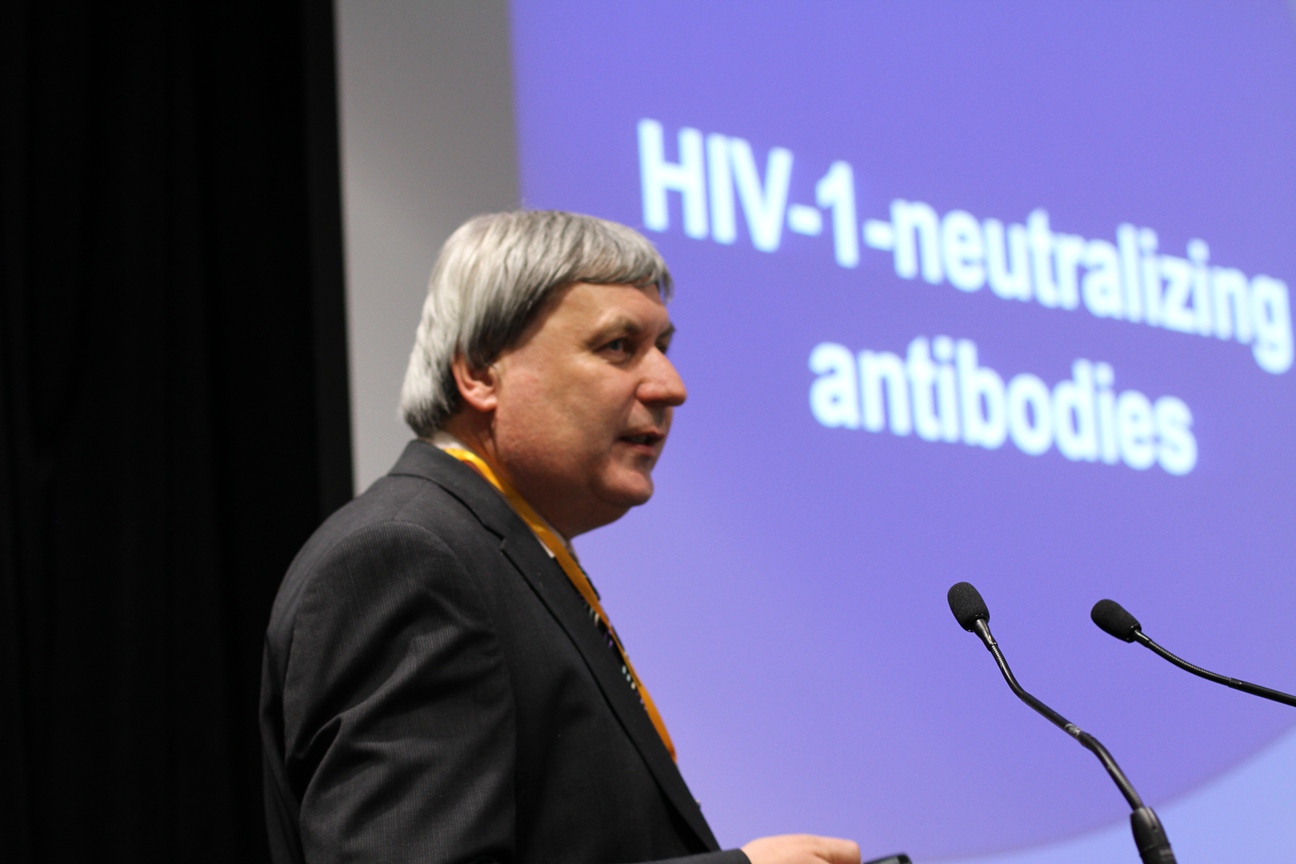
Petr Maly,
BIOCEV Research Center, Czech Republic
Title: Targeting human IL-17 receptor by ABD-derived protein binders as a non-immunoglobulin alternative for modulation of Th-17-dependent pro-inflammatory response
Biography
Biography: Petr Maly,
Abstract
Interleukin 17 (IL-17) and its cognate receptor (IL-17RA) play a crucial role in Th17 cell-mediated pro-inflammatory pathway and pathogenesis of several autoimmune disorders including psoriasis. Psoriasis is a chronic inflammatory skin disease with prevalence up to 3% worldwide and it is characterized by hyperplasia of the epidermis, infiltration of leukocytes into both dermis and epidermis, and dilation and growth of blood vessels. IL-17 is mainly produced by Th-17 helper cells and, via binding to its receptor, mediates IL-17-driven cell signaling in keratinocytes. Recently we have demonstrated that small protein binders derived from albumin binding domain (ABD) scaffold can serve as useful diagnostic tools (Ahmad et al. 2012, Sipova et al. 2012, Mareckova et al. 2015) as well as efficient blockers of IL-23/IL-23 receptor interaction and modulators of IL-23/Th-17 axis on primary human leukocytes (Krizova et al. 2017, Kuchar et al. 2014). In this work we generated a collection of novel protein binders targeting human IL-17RA, called ARS ligands, using selection from highly complex ABD-derived
combinatorial library in combination with ribosome display. From the group of 67 analysed ABD variants, 7 different sequence families were identified. Representatives of these groups competed with human IL-17A for binding to recombinant IL-17RA as well as to IL-17RA-IgG chimera, as tested in ELISA. Five ARS variants bind to IL-17RA-expressing THP-1 and Raji cells, as tested by flow cytometry. The four variants exhibited high-affinity binding in nanomolar range to human HaCAT cells, as measured using Ligand Tracer Green Line system. Thus, we identified several ARS inhibitory variants that will be further tested for their immunosuppressive function as novel IL-17RA antagonists.


